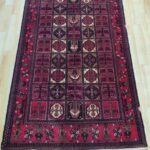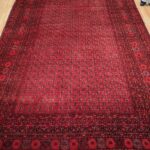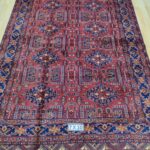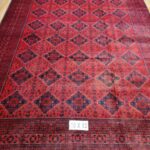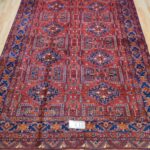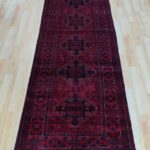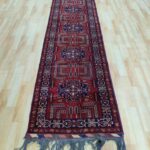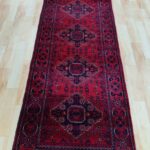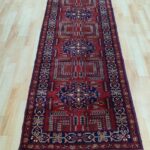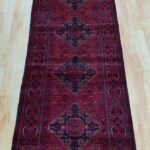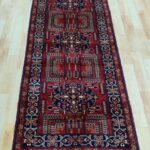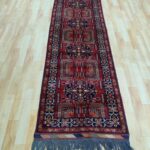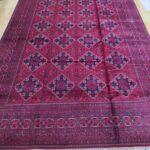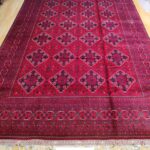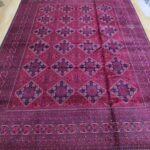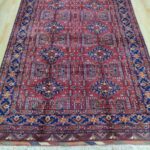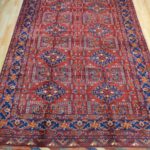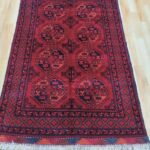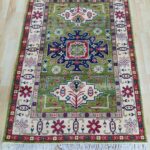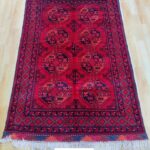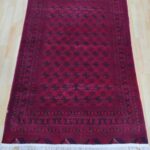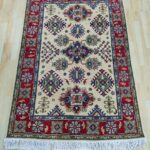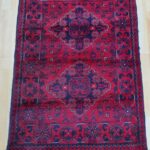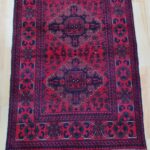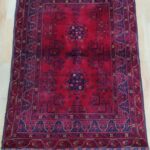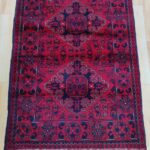# Afghanistan Woolen Carpets
Afghanistan is renowned for its exquisite woolen carpets, which are a significant part of its rich cultural heritage and history. These carpets, known for their intricate designs and high quality, are handcrafted by skilled artisans using traditional techniques passed down through generations.
## History and Tradition
The art of carpet weaving in Afghanistan dates back over 2,000 years. The craft is deeply rooted in the cultural practices of the region’s various ethnic groups, including the Turkmen, Baluch, and Hazara communities. Each group has its own distinctive patterns and styles, reflecting their cultural identities and histories.
## Materials and Techniques
### Wool Quality
Afghan carpets are primarily made from high-quality wool, which is sourced from local sheep known for their thick and resilient fleece. The wool is hand-spun, which adds a unique texture and durability to the carpets.
### Dyeing Process
Artisans use natural dyes derived from plants, minerals, and insects to achieve the vibrant colors seen in Afghan carpets. This traditional dyeing process ensures that the colors remain rich and do not fade over time.
### Weaving Patterns
The carpets are woven on looms, often set up in the weavers’ homes. The patterns range from geometric shapes to floral motifs, with each design telling its own story. Some of the most famous designs include the Afghan Bokhara and the Khal Mohammadi.
## Cultural Significance
Afghan carpets are more than just decorative items; they hold cultural and symbolic significance. They are often used in homes for special occasions and are considered a symbol of hospitality and warmth. In many Afghan families, carpet weaving is a communal activity that reinforces social bonds and passes down cultural knowledge.
## Economic Impact
The carpet industry is a vital part of Afghanistan’s economy. It provides livelihoods for thousands of families, especially in rural areas where employment opportunities are scarce. Afghan carpets are highly sought after in international markets, contributing significantly to the country’s exports.
## Challenges and Future Prospects
Despite their beauty and craftsmanship, Afghan carpets face challenges such as competition from machine-made products and political instability affecting production and trade. However, there is a growing interest in supporting traditional crafts and sustainable practices, which could help preserve this important cultural heritage.
In conclusion, Afghan woolen carpets are a testament to the country’s rich artistic traditions and serve as a bridge between past and present. They continue to captivate collectors and enthusiasts worldwide with their timeless beauty and craftsmanship.
